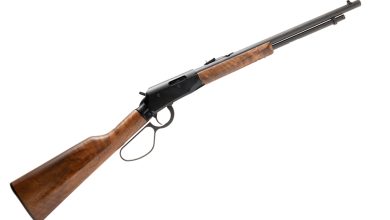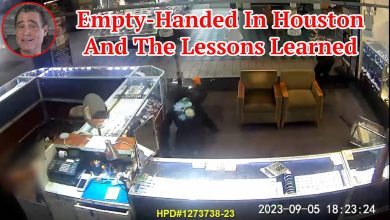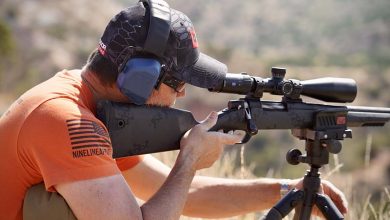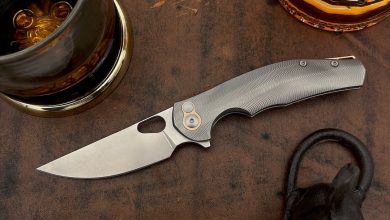The Rimfire Report: Why You Don’t See Gas-Operated 22LR Guns
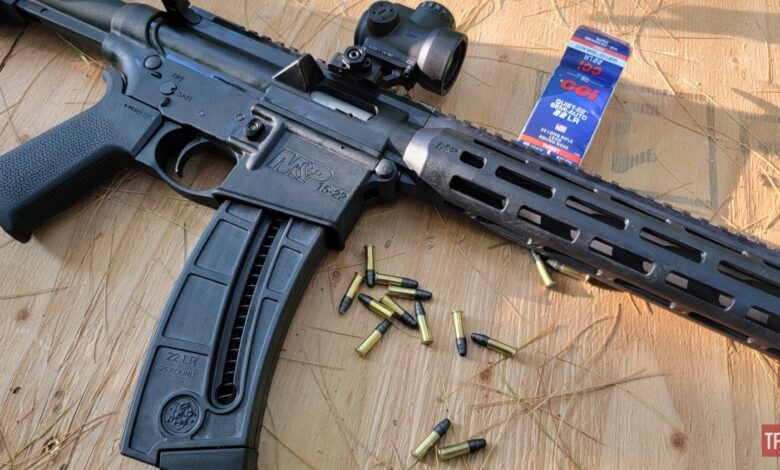
Hello and welcome back to another edition of The Rimfire Report! This ongoing series is all about the rimfire firearm world and its many different types of firearms, ammunition, and bits of history. Last week we talked about the fondly remembered Winchester 250 lever action 22LR rifle. A lot of you seemed to indeed have fond memories of the rifle and a few of you even commented that you still owned and shot yours which is something we always love to see (safe queens are boring). I was going over some recent show footage from SHOT 2024 and I came across the Rock River Arms 17HMR Gas Operated Blowback 17HMR Rifle. If you can’t watch the video, the rifle basically uses a hybrid of a bearing-locked breech, with a direct impingement system in order to give the 17HMR cartridge to properly build pressure before cycling. A lot of commenters on that video asked the question “Why can’t you do a gas-operated 22LR gun?” Today we’re going to try and at least partially answer this question. I’m not a firearms engineer, but I’ve learned a few things over the years about this tiny little cartridge that I think you’ll agree make it a poor choice to build a true gas-operated firearm around, which is why you don’t see them often.
More Rimfire Report @ TFB:
The Rimfire Report: Why You Don’t See Gas-Operated 22LR Guns
I guess all semi-auto firearms are at least on a basic level “gas operated.” However, if we’re sticking to the technical definition, in order to have a true “gas-operated” firearm, there needs to be a locked breech. Your typical semi-auto 22LR operates off of direct blowback with the mass of the bolt and pressure of the springs in the recoil system keeping the breech in firing position and also providing time for pressures to build/drop for reliable and safe cycling.
Blowback System

Gas-Operated Locked-Breech System
The closest thing I could find to a truly gas-operated rimfire firearm is the previously mentioned RRA 17HMR. The rifle makes use of both a direct impingement system, as well as a (bearing) locked breech. The UHL Wechselastz Glock 17 22LR conversion kit is a similar example that uses a barrel with a port, that redirects gas into a gas key-type device in the slide that in turn cycles the firearm. However, the point of this system is to not make a gas-operated firearm for the sake of it but rather to take advantage of the gas from the 22LR cartridge and turn more of it into recoil forces for a training experience that’s closer to shooting 9mm than 22LR.
An additional example would be the Neophytou Gas-Operated .22 Rimfire Conversion Kit for the South African Galil/R4 rifle through the use of a chamber adapter, and a highly modified carrier to make use of the rifle’s existing recoil spring for operation. While it indeed does have a small gas system that is necessary for operation, the firearm still features an unlocked breech. At the end of the day, even if you’re using gas that is being redirected through a tube, if you’re using 22LR, you’re likely still using an unlocked bolt.
It indeed would be possible to create a locked-breech gas-operated 22LR firearm, but as we’ll talk about below, there are a number of problems that present themselves simply due to the very nature and size of the 22LR cartridge. Of course, these are just some of my observations, so if you’ve got additional reasons or counterarguments, I’d love to hear them in the comments below.
It’s absolutely Filthy
The simple fact that 22LR is an extremely dirty cartridge to shoot is what first popped that idea bubble in my head. While the benefits would include the associated safety and repeatability of any locked-breech firearm, the required components would be subject to all of the gunk blasted out by said rimfire repeater. Instead of just carbon fouling building up inside of your gas system, you’d be introducing loads of atomized lead, unburnt powder, and other fouling which would build up quickly. If you need an example of this, just take a look at any well-used rimfire suppressor – all of that will end up in your gas system which by its very nature will have to be small and inconvenient to service.

Other semi-auto rimfire guns can get away with this as is seen with the RRA 17 HMR. 17HMR uses proper jacketed bullets, and loads are typically designed to burn up most of the powder within the first 12″ of the barrel. While it’s technically possible to create a system similar to an AR-15 and make it work for the 22LR cartridge, it’d simply introduce more problems for a cartridge that has products specifically marketed as “clean” due to 22LR’s reputation for being a filthy cartridge.
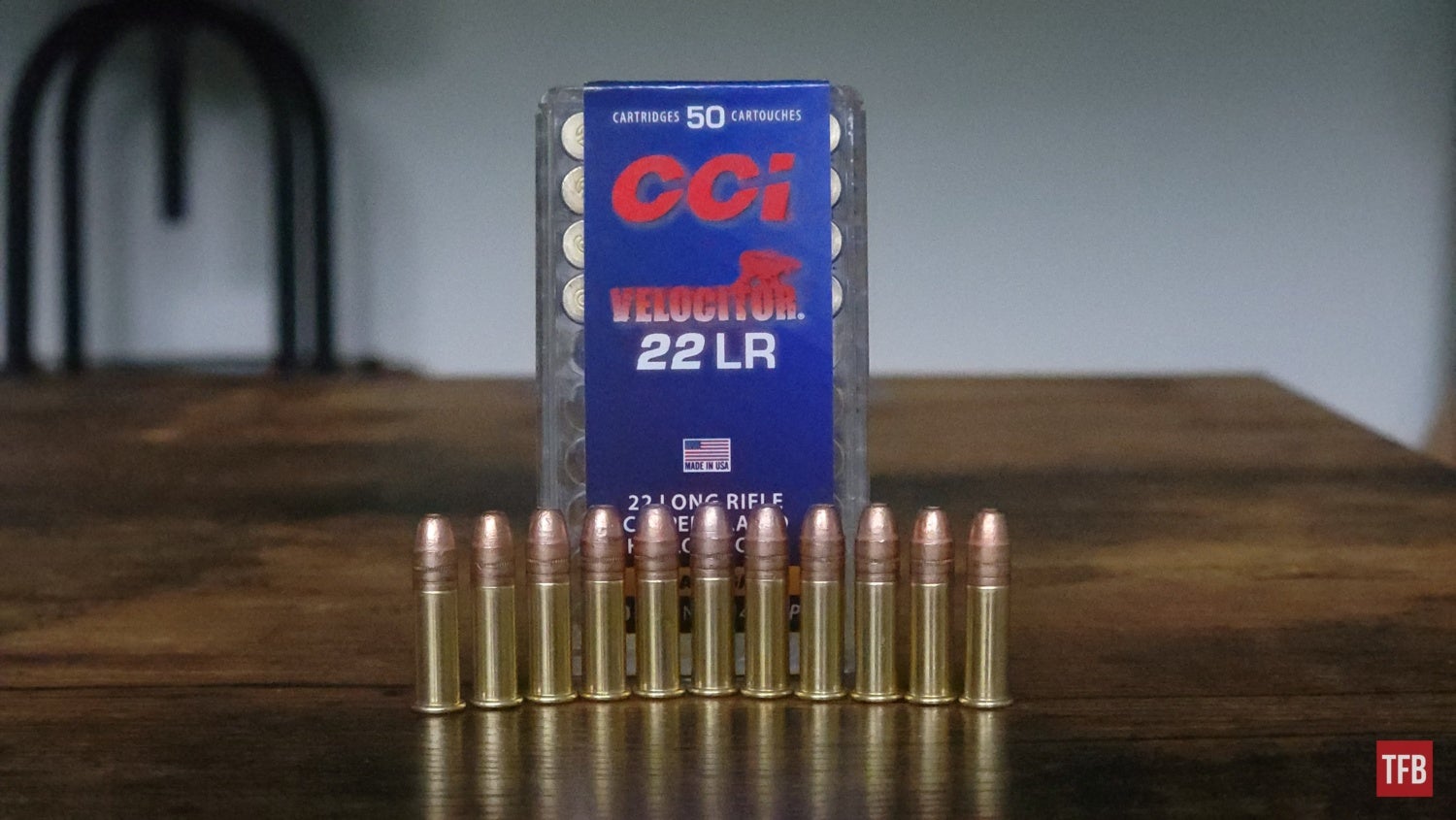
All-copper projectiles like those from Cutting Edge Bullets might completely or partially solve this issue, but at that point, you’re talking about spending somewhere in the neighborhood of $0.60 per round just for the novelty of shooting a true gas-operated 22LR – that is if you can even get it to cycle.
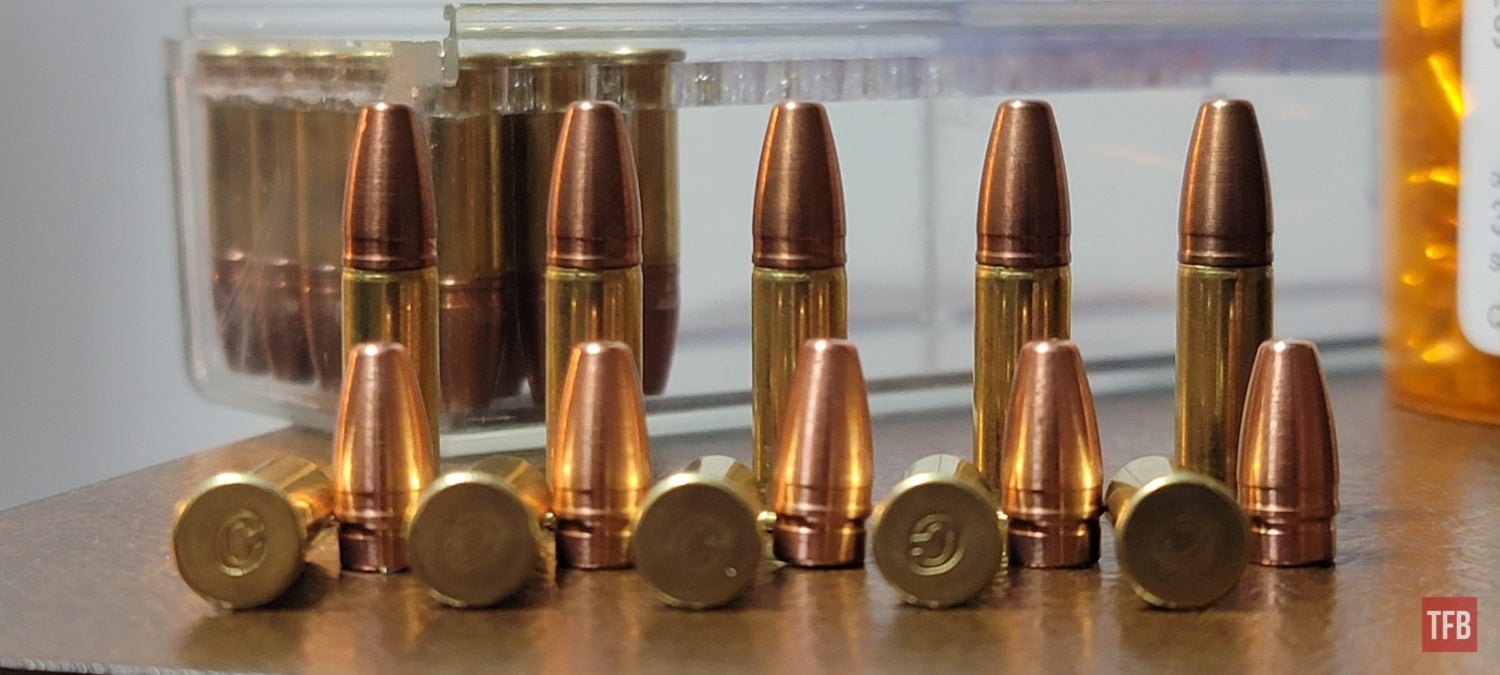
Not Enough Power… and No Room for More
You probably could have intuitively guessed this one (you probably did), 22LR just isn’t powerful enough to operate a more mechanically complex system with a locked breech. 17HMR can get away with this much easier because it has more gas and power to work with but the tiny 22LR cartridge often runs out of useable gas around the 18″ mark on most barrels. Consequently, this is also the reason that the 22LR excels at running in both pistol-length and rifle-length platforms and is great (albeit dirty) with suppressors. In contrast, due to a better overall cartridge design, most centerfire rifle cartridges still have gas to spare out past 30 or more inches.

The Rimfire Report: Why You Don’t See Gas-Operated 22LR Guns
This lack of excess gas is part of the reason most designers will probably never bother with designing a locked-breech 22LR – there simply isn’t a dangerous enough amount of chamber pressure once the bolt first starts opening during regular operation. All gas-operated systems simply exist to delay the opening of the bolt till chamber pressures have dropped to a safe level. The worst you’ll likely get from a 22LR spewing some of its gas back at you is a filthy gun.
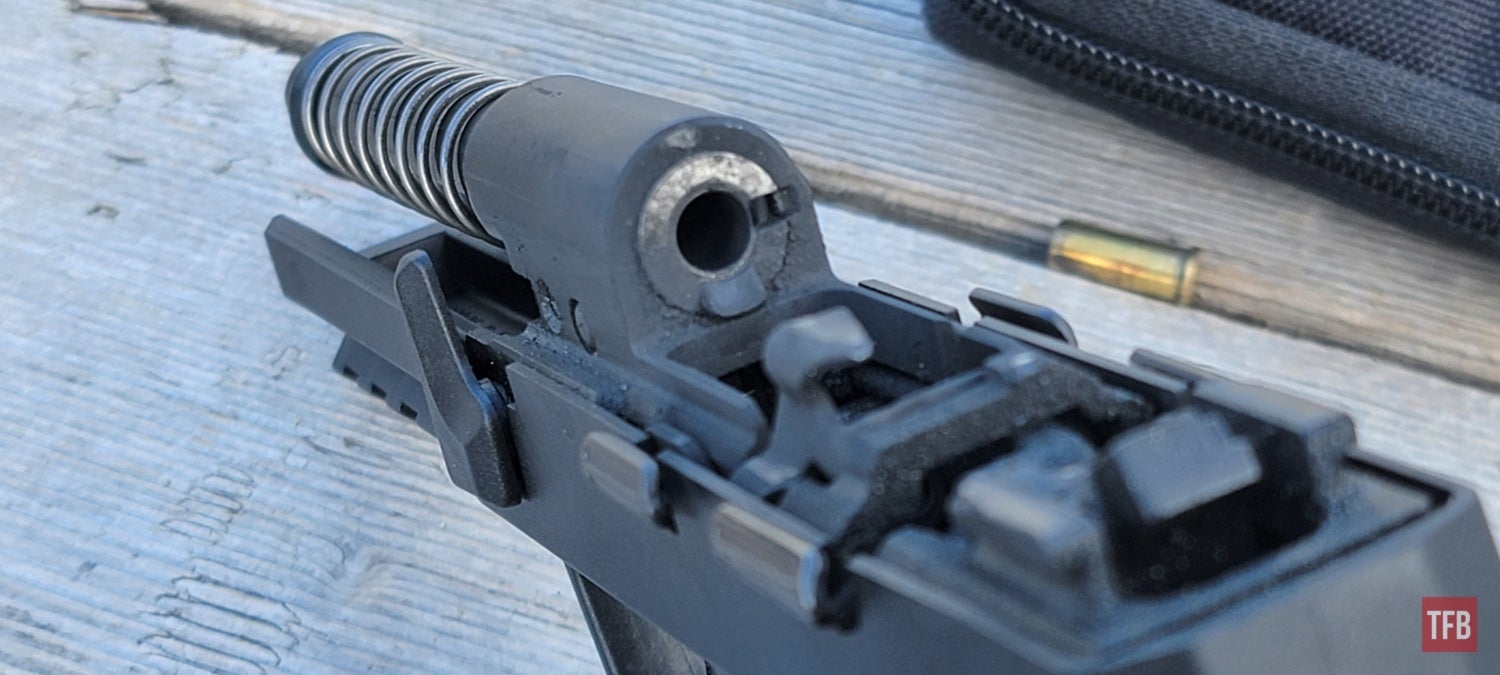
The Rimfire Report: Why You Don’t See Gas-Operated 22LR Guns
Parts would have to be crafted specifically to work with the often inconsistent and relatively crude nature of the 22LR cartridge. 22LR ammunition is already pretty anemic to begin with and as you’ve seen in past issues on The Rimfire Report, even firearms from the same brand and manufacturer can cycle differently when using the same type of ammunition. Gas-operated piston or impingement systems need a lot more power to reliably and consistently cycle and this is just something that the 22LR doesn’t have due in part to it already running at pretty high pressures for its size and case dimensions.
Can You Design One?
I’ve thought of several ideas of how to overcome some of these obstacles. Cleaner projectiles and propellants would be one but I think when it comes down to it, the biggest issue is that 22LR and its associated components just were not built for the power that a true gas-operated firearm requires. I could imagine materials and designs that might make all of the issues we discussed go away but at the end of the day, it would merely be an exercise in curiosity, instead of practicality. Blowback just does it better.
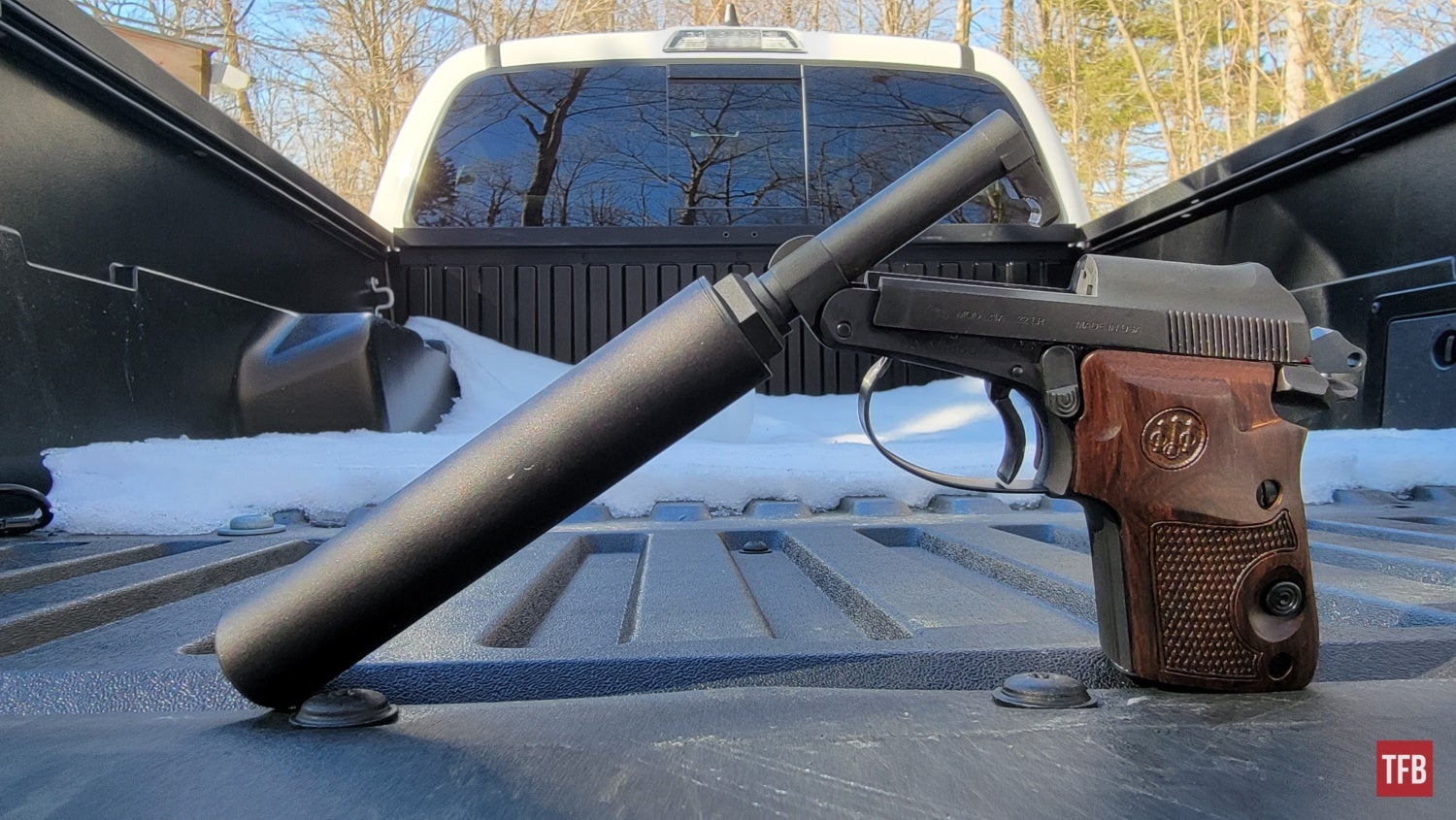
With how simple and reliable gas blowback systems are, it’s no wonder that the 22LR cartridge has found itself a solid home within the operating system. Many awesome 22LR firearms ranging from tiny semi-auto pistols like the Beretta Bobcat to full-auto machine guns like the American 180 make use of the simple and reliable gas blowback system and as they say “if it ain’t broke, don’t fix it.”

The Rimfire Report: Why You Don’t See Gas-Operated 22LR Guns
With all that being said I would like to hear if you guys have ever toyed with the idea of making or designing a true gas-operated firearm based on the 22LR cartridge. Do you know of any real-world examples of one that I may have missed? As always, your thoughts and comments are welcome! Thanks for stopping by to read The Rimfire Report and we’ll see you all again next week!


